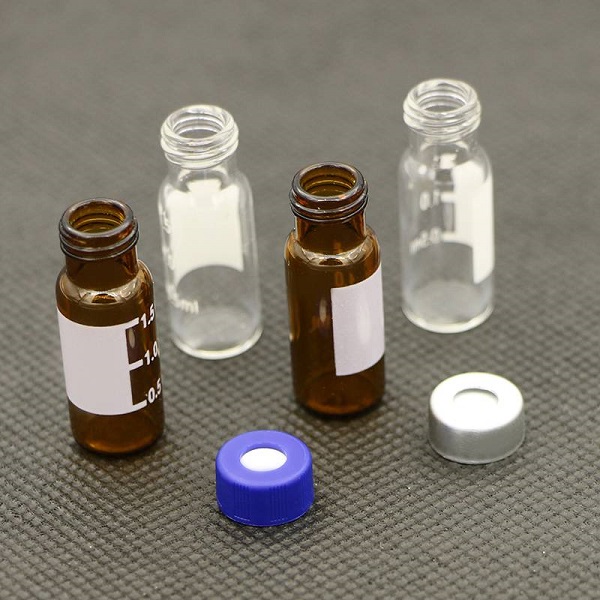How to clean the chromatographic sample bottle
The sample bottle is a container for instrument analysis of the substance to be analyzed, and its cleanliness directly affects the analysis result. This article summarizes various methods of cleaning the chromatographic sample bottle, and aims to provide a meaningful reference for everyone. These methods have been verified by friends and predecessors. They have a good washing effect on the fat-soluble residues and organic reagent residues in the chromatography sample bottle. The cleanliness meets the requirements, the cleaning steps are simple, and the cleaning time is reduced, and the cleaning process is more environmentally friendly .
Please make your own choice based on your own laboratory situation!
At present, with the increasing interest in food quality and safety from all walks of life, chromatographic analysis technology is increasingly used in food quality and safety testing, especially in the field of agricultural product testing, chromatographic analysis technology has been widely used. In my country, a large number of agricultural products (other chemical products, organic acids, etc.) need to be tested by liquid chromatography and gas chromatography every year. Due to the large number of samples, there are a large number of sample bottles that need to be cleaned during the detection process, which not only wastes time and reduces work efficiency, but also sometimes causes deviations in experimental results due to the cleanliness of the cleaned sample bottles.
The chromatographic sample bottle is mainly made of glass, rarely plastic. Disposable sample bottles are costly, wasteful, and cause serious environmental pollution. Most laboratories clean the sample bottles and reuse them. At present, the methods commonly used in laboratories to clean the sample bottle are mainly to add washing powder, detergent, organic solvent, and acid-base lotion, and then scrub with a customized small test tube. This conventional scrubbing method has many shortcomings. It uses large amounts of detergent and water, takes a long time for washing, and tends to leave dead corners. If it is a plastic sample bottle, it is easy to leave brush marks on the inner bottle wall, which takes up a lot of human resources. For glassware that is heavily polluted by lipid and protein residues, alkaline lysis solution is used for cleaning, and good results are achieved.
When analyzing samples, the cleaning of the injection bottle is very important. According to the glassware washing method, the cleaning method is selected according to the degree of pollution, and there is no fixed mode. Method summary:
1. Pour the test solution in the dry bottle
2. Immerse all in 95% alcohol, wash it twice with ultrasonic and pour it out, because the alcohol easily enters the 1.5mL vial and can be miscible with most organic solvents to achieve the cleaning effect.
3. Pour in clean water, and ultrasonically wash twice.
4. Pour the lotion in the dry bottle and bake at 110 degrees Celsius for 1~2 hours. Never bake at high temperature.
5. Cool and save.
